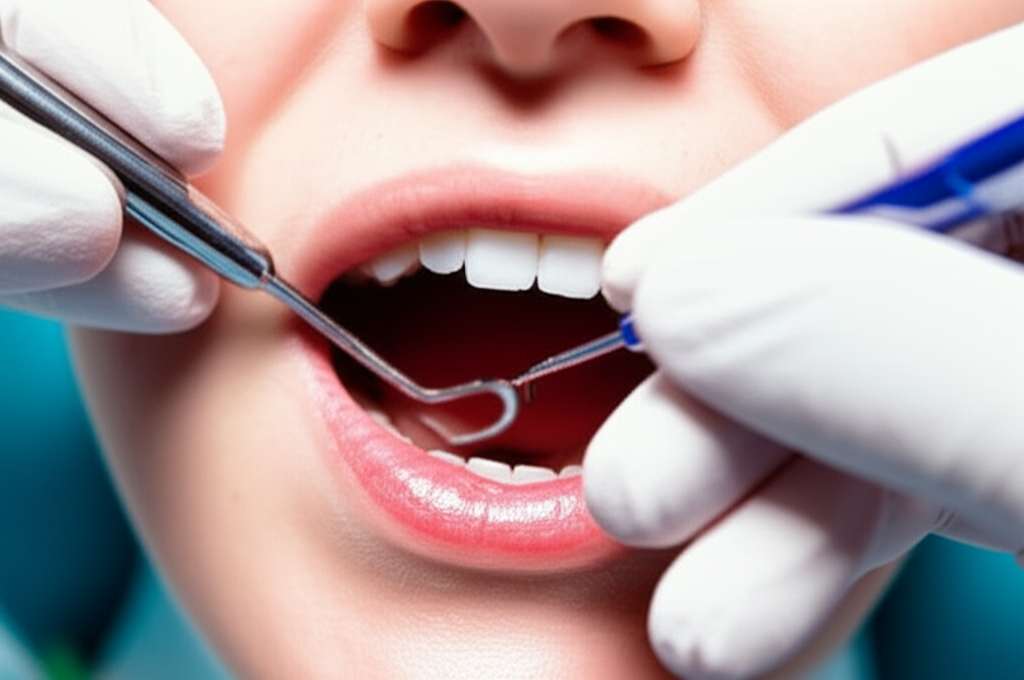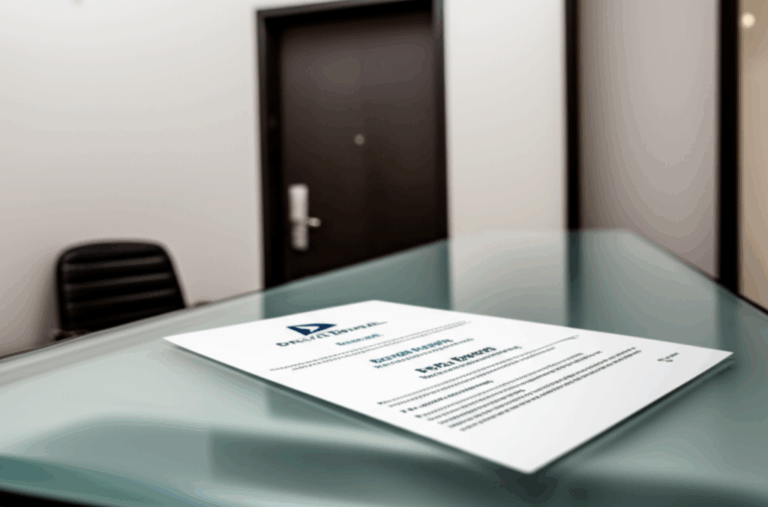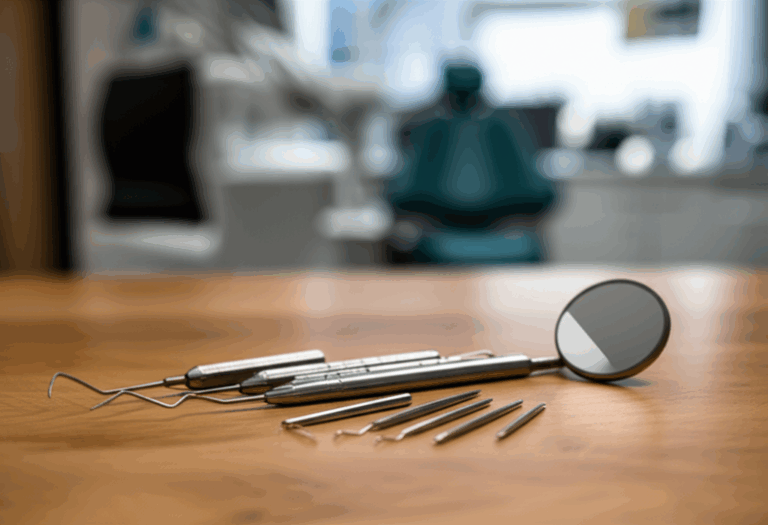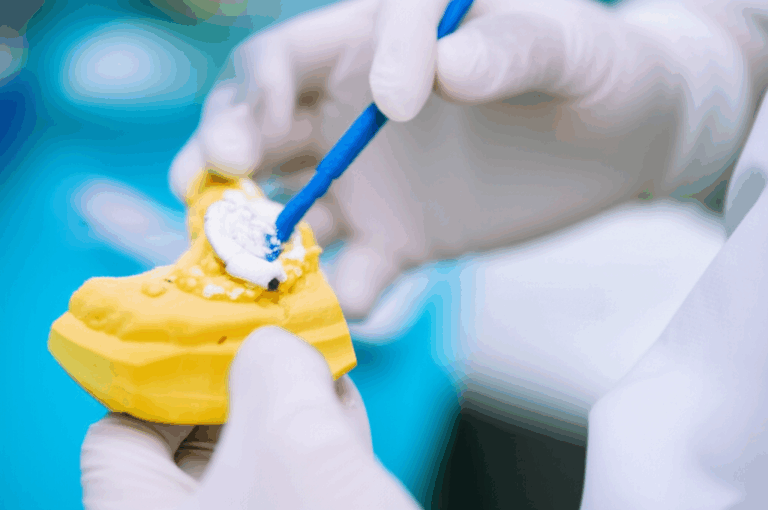
How Long Does Dental Scaling Really Take? A Simple Guide to Appointment Times
Ever look at your calendar and think, “How long will this dentist visit take? Will cleaning my teeth be quick, or will I be stuck in the dentist’s chair all morning?” You’re not alone! Whether it’s your first cleaning or your dentist mentioned a “deep cleaning,” knowing about how long scaling takes can help you plan better—and make dental care less of a mystery.
Here you’ll get easy-to-follow answers about how long scaling usually takes, what affects the timing, and tips for making your next dental visit go as smoothly as possible.
In This Article
- 1. Why Knowing Scaling Times Matters
- 2. What Is Dental Scaling? (And Why It’s More Than Just Cleaning)
- 3. What Affects Scaling Time?
- 4. How Long Does Dental Scaling Take?
- 5. What Happens During a Scaling Appointment?
- 6. After Scaling: What to Expect and How Long to Recover
- 7. Why Taking Time for Scaling Is Worth It
- 8. Next Steps and Questions to Ask Your Dentist
1. Why Knowing Scaling Times Matters
Everyone’s busy these days. With work, family, and other appointments, it’s easy to skip or put off dental visits. But if you know about how long a dental treatment will take, it’s much easier to fit it in your schedule. Also, knowing what to expect can help calm pre-dentist nerves!
Quick Answer:
- Regular dental scaling (normal cleaning) usually takes 30 to 60 minutes.
- Deep cleaning (scaling and root planing) can last 45 to 90 minutes per quadrant, and a full mouth cleaning may be split into 2–4 appointments, each taking about 1 to 1.5 hours.
But there are other things that can change these times. Let’s take a closer look.
2. What Is Dental Scaling? (And Why It’s More Than Just Cleaning)
Dental scaling is like a really good clean-up for your teeth. It’s when a dental worker gets rid of stuck-on plaque and tartar—those hard, sticky bits—on and under your gums.
Think of this:
Cleaning your teeth at home is a bit like wiping down a kitchen counter. But sometimes, gunk collects in the corners that only a deep scrub can get out. Scaling does that deep scrubbing.
Why Do It?
- Keeps your gums healthy and helps stop gum disease.
- Gets rid of tartar that can make gums bleed or even cause teeth to fall out.
There are two main types of scaling:
3. What Affects Scaling Time?
No two appointments are the same! Here’s what can make your visit longer or shorter:
A. Type of Cleaning
- Regular Cleaning: Faster, just basic upkeep.
- Deep Cleaning: Takes longer because it handles tougher gum problems.
B. How Much Buildup You Have
The more plaque and tartar you have, the more time it takes. If it’s been a while since your last cleaning, plan for a longer visit.
C. How Bad Gum Disease Is
If you only have a little swelling, the dentist might be done sooner. Bad gum disease or deep pockets will add time.
D. How Many Areas Are Cleaned
Your mouth has four “quadrants” (top right, top left, bottom right, bottom left).
- Only one or two need help? That’s faster.
- Cleaning the full mouth? That’s broken into more visits and takes longer.
E. Patient Habits
- Good brushing and flossing: Less time in the chair!
- Need for Numbing: If you need your mouth numbed, add 5 to 10 minutes.
- Need to Take Breaks: If you’re nervous or just need to pause, that adds time too.
F. Tools Used
- Ultrasonic scalers: Work faster on lots of buildup.
- Manual tools: May be a little slower but allow the dentist to be more careful.
Some dentists also offer polishing or fluoride in the same visit, which takes a few extra minutes.
G. Experience and Complicated Mouths
An experienced hygienist may go quicker. But if you have many crowns, bridges, or tight spots, cleaning might take longer.
4. How Long Does Dental Scaling Take?
Let’s break this down into numbers:
A. Regular Dental Cleaning (Prophylaxis)
- Time: 30 to 60 minutes.
- Includes: Cleaning above the gum line, sometimes polishing, a dental check, and maybe fluoride.
- X-rays or Full Exam: New patient visits may take up to 75 minutes.
B. Deep Cleaning (Scaling and Root Planing or “SRP”)
Usually done in parts, by “quadrants:”
| Procedure Area | Time per Visit |
|---|---|
| Per Quadrant | 45 – 90 minutes |
| Full Mouth (2–4 appointments) | 2 – 6 hours total (broken up into 1–1.5 hour visits) |
Why split it up?
Deep cleaning usually uses numbing, which slows things down. Also, breaking it up keeps you more comfortable and lets the dentist do a careful job.
How Dentists Split These Appointments:
- Two visits: Top teeth on one day, bottom teeth on another.
- Three to four visits: Shorter sessions if your mouth needs more care or if you’re anxious.
Things That Can Make Visits Longer
- Dental Worry or Sedation: If you’re nervous or need to go slower, it’ll take longer.
- Lots of Crowded Teeth, Crowns, or Implants: These are just trickier to clean.
- Extra Problems: Sometimes your dentist might find a cavity or want to talk about more treatment, which adds time.
Quick Table
| Type of Scaling | How Long? | What Might Add Time? |
|---|---|---|
| Regular Cleaning | 30–60 minutes | X-rays, fluoride, big stains |
| Deep Cleaning – Per Quadrant | 45–90 minutes | Numbing, lots of buildup, deep pockets, nerves |
| Deep Cleaning – Full Mouth (split visits) | 2–6 hours total | High swelling, anxiety, more questions/breaks |
Tip: Add about 10 to 15 minutes for check-in, paperwork, and last questions. Your time in the building is a bit longer than your time in the chair!
5. What Happens During a Scaling Appointment?
Here’s a quick walk-through of what your dentist or hygienist will do:
A. First Check
- Quick check of your teeth and gums.
- Measure the space between teeth and gums.
- Maybe X-rays, especially if it’s your first visit or you have sore gums.
B. Numbing (If Needed)
- Numbing gel or a shot for your comfort.
- Wait 5–10 minutes for it to work.
C. Scaling
- Ultrasonic tool: Shakes and shoots water to knock off big chunks of tartar.
- Hand tools: Clean the stubborn stuff and get under the gums.
D. Root Planing (For Deep Cleaning)
- Dentist or hygienist smooths the roots so it’s harder for germs to stick.
E. Polishing
Usually done in regular cleanings to make teeth smooth and shiny.
F. Fluoride (Your Choice, Sometimes)
Helps make teeth stronger, usually for kids or people who get cavities.
G. Final Rinse & Check
- Wash away loose bits.
- Make sure you’re comfortable and answer any questions.
H. Aftercare Info
- What to do if you feel sore.
- How to clean your teeth at home.
- When to come back.
6. After Scaling: What to Expect and How Long to Recover
The good news: Most folks feel fine after scaling, especially after a regular cleaning. Here’s what might happen:
A. Regular Cleaning
- You might feel a tiny bit sore or sensitive, but it should go away in a few hours.
- Your gums could feel a bit funny or tingly just after your visit.
B. Deep Cleaning (Scaling and Root Planing)
- Gums might be sore, a little swollen, and possibly bleed for a day or two.
- Teeth may be extra sensitive to hot, cold, or sweets for a few days.
- If you got numb, your mouth may stay that way for an hour or so.
- Sometimes you need salt water rinses or mild pain pills.
How to Help Yourself:
- Skip hard or crunchy food if your gums are sore.
- Keep brushing and flossing—just do it gently!
- Take any medicine or rinse the dentist gives you.
If You’re Still Sore
If your gums are still swollen, hurting, or bleeding after a week, or if things seem worse, call your dentist.
7. Why Taking Time for Scaling Is Worth It
Maybe you’ve wondered, “Can I just brush better and skip scaling?” Think of scaling as keeping your mouth’s future safe—it takes some time now, but saves you a lot more in the long run with healthy teeth and fewer sudden dental surprises.
The Simple Benefits
- Stops Gum Disease: Scaling gets rid of gum-damaging germs.
- Keeps Your Smile Safe: Lowers the chance of losing teeth later.
- Helps Your Whole Body: Good gums are linked to better heart and body health.
- Saves Money and Time: Regular scaling and checkups can keep you from needing bigger, costlier dental work later.
Fun Fact: Even experts at special dental labs—like those who make crowns and bridges or removable dentures—say good cleaning is the best, first step to staying healthy.
8. Next Steps and Questions to Ask Your Dentist
Here’s what to do so your scaling visit goes smoothly, and you know what to expect:
Checklist: How to Get Ready
- Know Your Dental History: Bring a list of past dental work, allergies, and any medicine you take.
- If You’re Nervous, Say So: Many people are scared of the dentist. Your dentist can help with numbing gel, breaks, or even “laughing gas.”
- Ask If You Need Deep or Regular Cleaning: This helps you know what to expect with time and cost.
- Check Your Insurance: Most plans pay for regular cleanings every six months. Deep cleanings are sometimes covered differently.
Good Questions to Ask:
- “How long do you think my cleaning will take?”
- “Will I need to be numbed?”
- “How many times will I need to come in for this cleaning?”
- “What can I do at home to make future cleanings easier or quicker?”
Take Charge
- Brush and floss every day—it really does help you spend less time at the dentist!
- Keep up with regular visits—30–60 minutes now beats hours of dental work later.
- For more info, check out our patient dental care resources or ask your dentist.
Closing Thoughts: Every Mouth Is Different
Scale times can be short or longer, but the main thing is a cleaner, healthier smile. If you’re not sure what you need, have sensitive teeth, or a special problem, be sure to mention it to your dental team. They’re there to help and make things as comfortable as possible.
Remember:
- Routine cleanings? Done in under an hour.
- Deep cleanings? 45–90 minutes per mouth area, often over several visits.
The best thing you can do: talk to your dentist and keep up with daily care.
Still have questions? Ask your dentist directly. They’ll give advice that matches your needs, so your next cleaning fits your schedule—and helps your health too.
Key Takeaway (Quick Recap)
- Regular scaling: 30–60 minutes.
- Deep cleaning: 45–90 minutes per part of the mouth, often split into separate visits.
- What affects time: Build up, gum health, areas to treat, tools, numbing, and your comfort.
- Aftercare: Easy for normal cleanings; sore for deep cleanings.
- What to do next: Talk with your dentist about what’s right for you and keep up daily care for faster, easier appointments.
Take steps for your oral health today—every smile (and schedule) is worth it.
Reviewed by Dr. Jane Doe, DDS. Last updated: June 2024.
For dental care info and tips, visit our patient dental care section.
References:
- American Dental Association (ADA). “Scaling and Root Planing.”
- Mayo Clinic. “Dental Cleaning: What to Expect.”
- Centers for Disease Control and Prevention (CDC). “Oral Health Basics.”
(For more info, talk with your dentist or look at trusted dental sites.)








